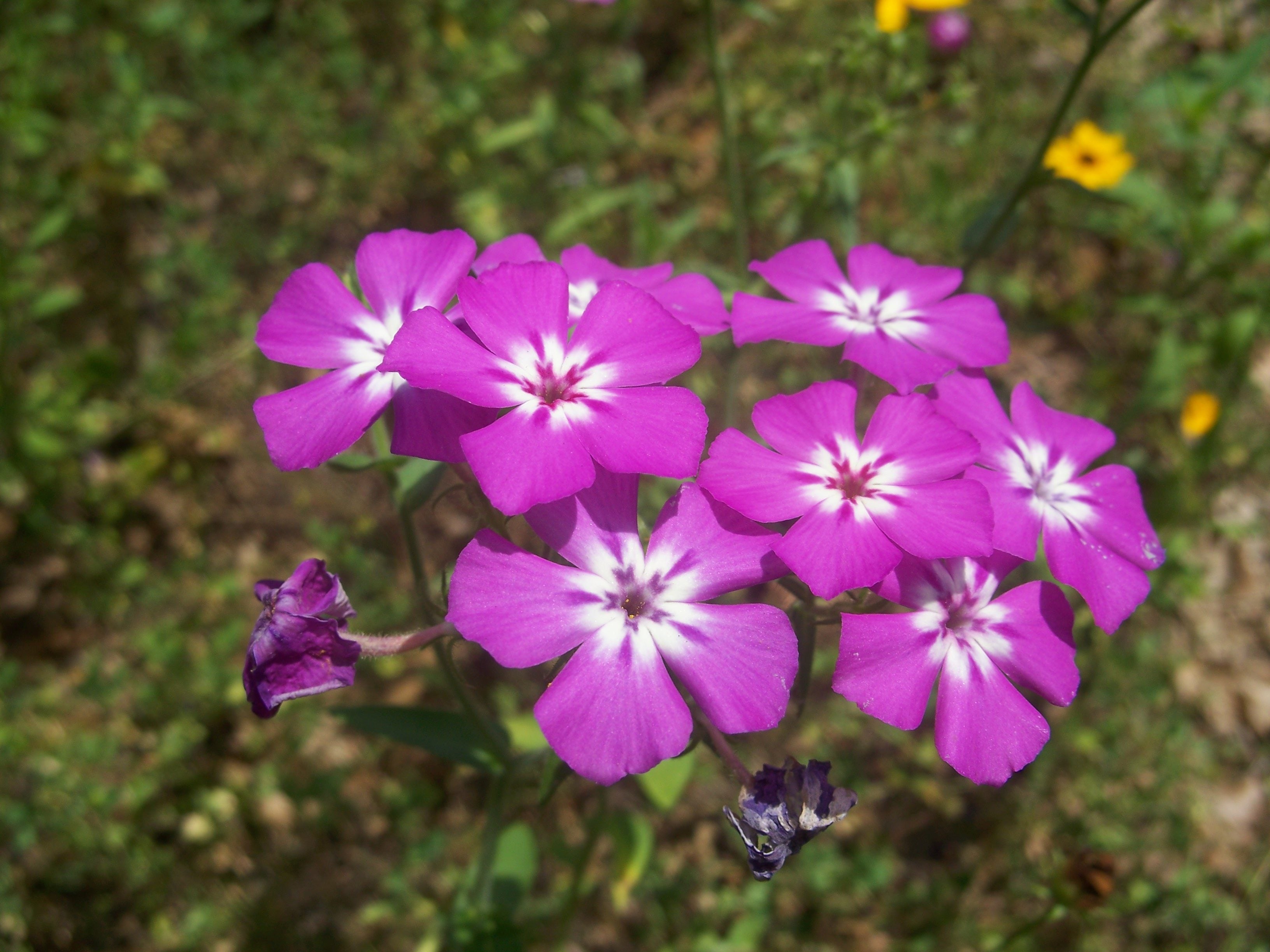Drummond's Phlox Plants: Tips For Annual Phlox Care In Gardens


Annual plants add interesting color and drama to spring and summer gardens. Drummond's phlox plants also provide a heady scent combined with deeply scarlet blooms. It is a small bushy plant that is fairly easy to grow from seed in the right conditions. Try growing Drummond's phlox in flower beds, containers or as part of a border. Their bright beauty and ease of care make them a winning specimen for a host of applications.
Annual Phlox Info
Drummond's phlox plants (Phlox drummondii) are named for Thomas Drummond. He sent seed to England from its native Texas, where trials began on their cultivation requirements. The plants don't do well in the region due to its high rainfall and soil types, but they are still popular in the southwestern United States. When you know how to grow annual phlox, you will have a plant for life even if it dies out in the cooler season. This is because the seed heads are easy to harvest, store and plant indoors or out. The seeds germinate in just 10 to 30 days and provide spring blooms sometimes into early summer. The colors can vary from dark red to soft pink, depending upon the soil type and light exposure. Deepest colors come in sandy soil where light is brightest. New cultivars are available with blooms in hues of white, yellow, pink and even lime green. The leaves and stems are finely haired. The foliage is oval to lance shaped and alternate. Plants grow 8 to 24 inches tall (20 to 61 cm.). The fruit is a dry capsule filled with numerous tiny seeds. Annual phlox care is minimal, as they are drought tolerant and flower well in full sun to partial shade.
How to Grow Annual Phlox
Phlox fruits dry on the plant and then are ready for harvest. Remove them when dry, and crack over a container to capture the seed. You can store them in an airtight container in a cool, dark location until spring. Plant seeds indoors before the last frost or outdoors in a prepared bed after all danger of frost has passed. Either a full sun or partial shade location will work for growing Drummond's phlox. Soil should be a bit on the sandy side and drain well. Keep moderately moist as the seedlings mature. Annual phlox info also states the plant can be propagated by herbaceous stem cuttings.
Annual Phlox Care
Annual phlox should be kept lightly moist. It is drought tolerant for brief periods of time but extreme drought will cause flower production to fall off. The flowers are self-cleaning and petals fall off naturally, leaving the calyx which becomes the seed pods. Phlox plants thrive even in low-nutrient soil and do not need fertilization. They also need no pinching to naturally form dense little bushy plants full of vibrant flowers. In fact, annual phlox is a no-fuss plant that will scent the garden, attract butterflies and bees and their fruits are attractive to some birds as food.
Sign up for the Gardening Know How newsletter today and receive a free copy of our e-book "How to Grow Delicious Tomatoes".

Bonnie Grant is a professional landscaper with a Certification in Urban Gardening. She has been gardening and writing for 15 years. A former professional chef, she has a passion for edible landscaping.